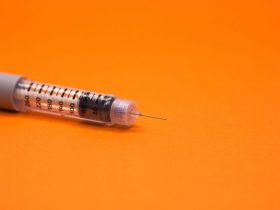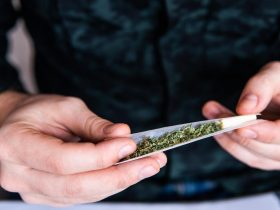1999 to 2019 saw increase in mortality rates for opioid-only and opioids in combination with other substances
TUESDAY, May 3, 2022 (HealthDay News) — From 1999 to 2019, opioid only and opioid/polysubstance-related mortality rates increased among the American Indian/Alaska Native (AI/AN) population, according to a study published online May 2 in BMJ Open.
Fares Qeadan, Ph.D., from the Parkinson School of Health Sciences and Public Health at Loyola University Chicago, and colleagues conducted a retrospective longitudinal ecological study of U.S. death records from 1999 to 2019 to examine opioid-only and opioid/polysubstance-related mortality among non-Hispanic AI/AN people aged 12 years and older.
The researchers found that from 1999 to 2019, the opioid-only mortality rates increased from 2.8 to 15.8 and from 4.6 to 25.6 per 100,000 for AI/AN women and men, respectively. There were also significant increases observed in mortality rates due to opioids and alcohol, opioids and benzodiazepines, and opioids and methamphetamine for AI/AN, and substantial increases in mortality due to opioids and cocaine were seen for AI/AN men. Over time, mortality rates for individual opioid types increased significantly for heroin, natural and semi-synthetic (prescription), and synthetic opioids (fentanyl/fentanyl analogues) other than methadone.
“Our results suggest that AI/AN populations continue to face rising levels of overdose mortality due to the use of opioids alone and in combination with other substances,” the authors write. “While the type of opioid driving these trends has changed over the years, many underlying social factors that drive these patterns have not, including inequities in socioeconomic status, persistent effects of historical trauma and inequities in health care access and treatment programs.”
Copyright © 2022 HealthDay. All rights reserved.







